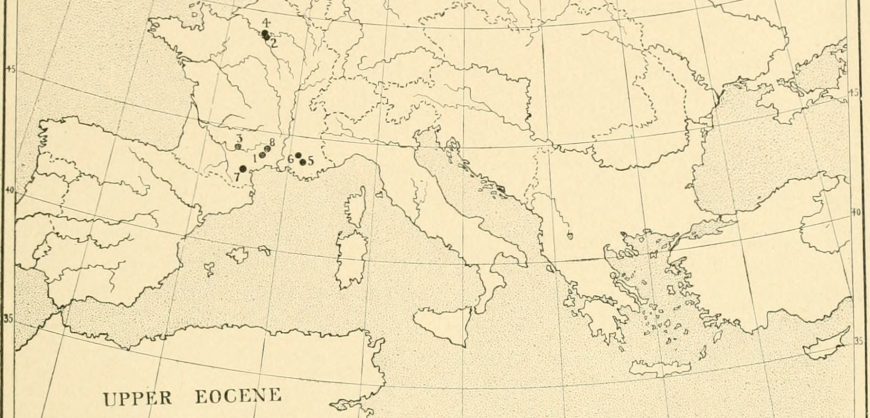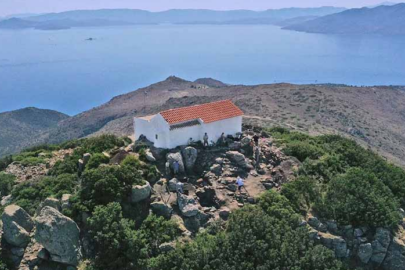The Dental Anthropology Group of the Centro Nacional de Investigación sobre la Evolución Humana (CENIEH), in collaboration with the paleoanthropologist Amélie Vialet of the Muséum National d’Histoire Naturelle (MNHN) in Paris, has just published a detailed external and internal study of the molars in the mandible from the French site of Montmaurin-La Niche in the Journal of Human Evolution, whose results strengthen the hypothesis that the settlement of Europe could have been the result of several waves of migration at different times by a common source population.
The aim in this paper, led by the researchers Marina Martínez de Pinillos (CENIEH) and Laura Martín-Francés (CENIEH and PACEA-University of Bordeaux), is to shed light on the origin of the Neanderthals. The latest data obtained from paleontological and geomorphological studies place the Montmaurin-La Niche mandible in a chronologically intermediate position between the fossils of the Middle Pleistocene and the Neanderthals.
Environmental divers clean up the HMS Perseus to protect marine life (Before & After Photos)
Tom Hanks & Rita Wilson caught up in political row as they accept their new Greek passports
The micro-computed axial tomography (microCT) technique has enabled the molars in this mandible to be compared with the external and internal structures of over 400 other molars from the European, Asian and African Pleistocene and Holocene.
Read more: archaeology news network



































